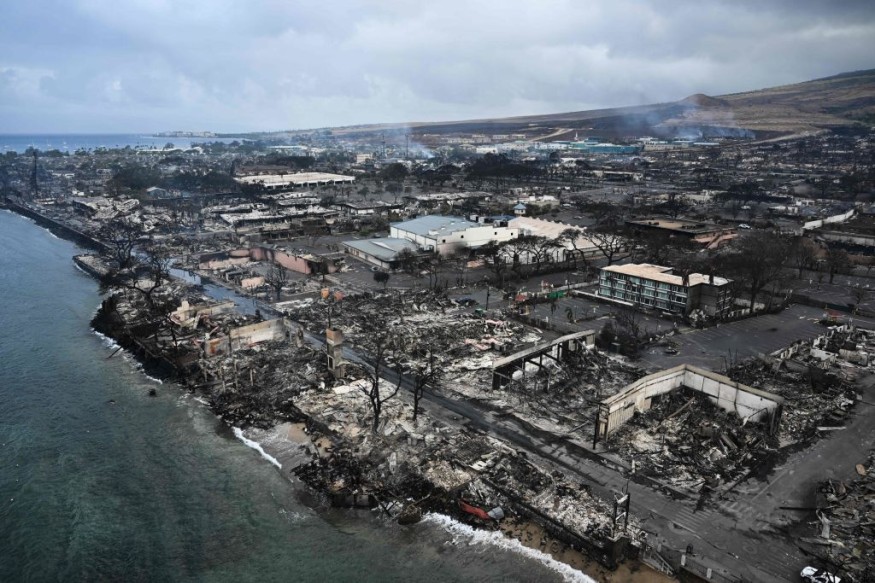Maui Wildfire Update: Death Toll Reaches 36 as Search and Rescue Continue

The aftermath of the devastating Maui wildfire in Hawaii presents a stark scene of destruction and tragedy.
The death toll has reached a sobering 53, while survivors recount stories of narrowly escaping the flames with only the clothes on their backs, AP reports.
Aerial observations of historic Lahaina, once a vibrant symbol of island life, reveal a landscape transformed into desolation.
Once colorful and full of life, entire neighborhoods lie reduced to gray ashes and rubble. Notable landmarks like the renowned Front Street, bustling with tourists just days ago, now stand as mere blackened foundations.
The harbor's boats bear the scars of scorching heat, and a shroud of smoke hangs over the town - a town with a storied history dating back to the 1700s.
Among the businesses devastated is Whaler's Locker, one of the town's oldest shops owned by Tiffany Kidder Winn.
In the wake of the destruction, she encountered a grim scene of burned-out vehicles, some containing charred remains.
Winn recounts witnessing individuals seemingly trapped in traffic on Front Street, unable to escape the advancing flames. A tragic sight of a body leaning against a seawall adds to the heart-wrenching narrative.
Read also: Hawaii: Mauna Loa Erupts
How Did Maui Wildfire Begin?
The cause of the fires remains undetermined, but they initially ignited in vegetation and swiftly engulfed populated areas driven by wind gusts exceeding 60 mph, according to The Guardian.
The blaze rapidly enveloped coastal Lahaina with fierce intensity and speed, leaping across intersections and wooden structures that held a place on the National Register of Historic Places.
Residents faced chaotic evacuations, navigating roads obstructed by flaming debris. The US Coast Guard rescued 14 people, including two children, who sought refuge by jumping into the water.
Climate scientist Daniel Swain described the event as a "classic wildland-urban interface fire," where flames transitioned from vegetation to urban areas, igniting structures consecutively.
The fires coincided with strong winds and low humidity. The conditions that the National Weather Service had warned could result in high fire danger and rapid spread.
Hawaii was already grappling with drought during its dry season when Hurricane Dora, located several hundred miles away, brought unusually strong winds.
These winds, amplified by the hurricane's presence, knocked out power lines and intensified the flames' destructive path.
President Joe Biden Declares Maui Wildfire a Major Disaster
President Joe Biden responded to the catastrophe by declaring a major disaster in Hawaii, enabling federal aid and support for recovery efforts, per USA TODAY.
"We'll get aid into the hands of people who desperately need the help. Anyone who's lost a loved one or whose home has been damaged is going to get help immediately," Biden said before delivering his speech in Salt Lake City.
He emphasized the swift delivery of aid to those affected, providing assistance such as grants for temporary housing, home repairs, and low-cost loans to cover uninsured property losses, according to a statement from the White House.
FEMA Administrator Deanne Criswell is expected to facilitate these aid processes, streamlining support for the Maui wildfire affected communities.
Information about eligibility for federal assistance can be accessed at disasterassistance.gov.
This is owned by Latin Post.
Written by: Bert Hoover
WATCH: What fueled the Hawaiian wildfires that killed dozens and leveled historic Lahaina town - From PBS NewsHour
Subscribe to Latin Post!
Sign up for our free newsletter for the Latest coverage!
© 2026 Latin Post. All rights reserved. Do not reproduce without permission.















